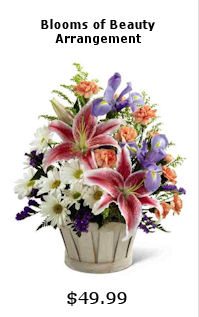
Photo credit: Flickr.com
Need a heart this Valentine’s Day? This plant is bursting with red hearts! The Euonymus americanus is nicknamed “hearts-a-bursting” or “Bursting Plant,” for its bright, red fruits that split or burst open in the fall. Also known as “Strawberry Bush,” the strawberry-like seed pods will first appear on the stems in mid-summer. Once the seeds have ripened in mid-fall, the red capsules will burst open, dispersing the small orange seeds several feet away.
The Hearts-a-Bursting plant is a low-growing, evergreen shrub that can grow from 4-6 feet tall and will produce tiny, yellow-green flowers in late April and early May. The leaves start off green and will turn orange or red in the fall, while the stems will remain green throughout the winter. The stems will turn purple when exposed to the sun.
In the wild, the plant can be found in moist, deciduous forests, swamps, ravines and edges of streams. As a cultivated plant, it does best in moist, well-drained, fertile, acidic soil in full to part shade. Hearts-a-Bursting would be ideal in garden beds as borders, ground covers, or hedges. They would also do well in containers.
Climate zones: 5-9
Fun Facts about the Hearts-a-Bursting Plant:
- the bark and seeds are considered poisonous and shouldn’t be ingested; the seed is a strong laxative
- it was believed that powdered bark, when applied to the scalp, can eliminate dandruff
- the roots has been used in Native American medicine to treat stomachaches, painful urination and vomiting of blood
- the plant is a favourite food for deers
Related articles
- Flowers with Romantic Names! (funflowerfacts.com)



















